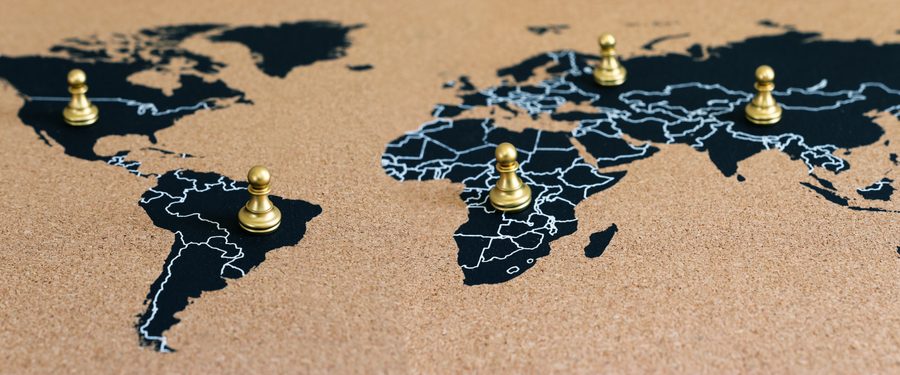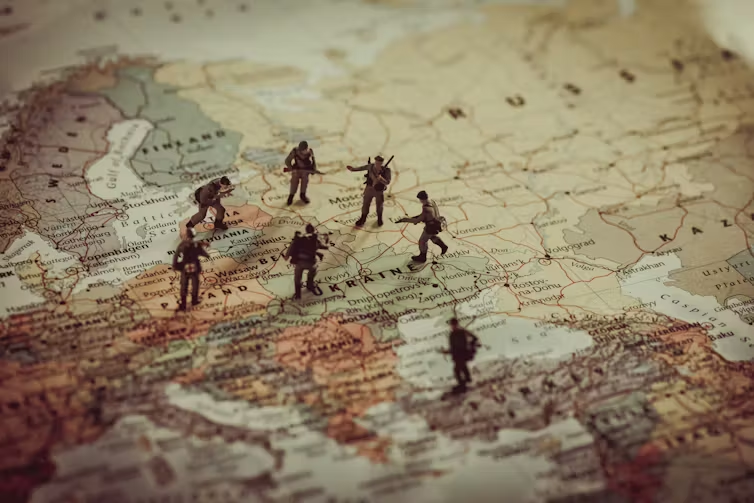Introduction
The 21st century has ushered in profound changes in the nature, causes, and conduct of international conflicts. Unlike the bipolar tensions of the Cold War era or the conventional wars that dominated much of the 20th century, today’s conflicts are increasingly multidimensional, driven by shifting power structures, economic rivalries, technological disruptions, and identity-based politics.
Understanding these transformations is critical for anticipating future crises and designing effective strategies for conflict prevention and resolution. This article examines how the “fault lines” of global conflict have shifted, highlighting emerging dynamics and their implications for international peace and security.
1. The Evolution of International Conflict
1.1 From the Cold War to Post-Cold War Order
The Cold War was characterized by ideological rivalry between the United States and the Soviet Union, manifested in nuclear arms races, proxy wars, and bloc-based geopolitics. The end of the Cold War in the 1990s marked a shift to a unipolar world led by the U.S., where conflicts often stemmed from ethnic tensions, state failures, and interventions in fragile states.
1.2 The Return of Great Power Competition
The 21st century has seen a resurgence of great power competition as rising states like China and the reassertion of Russia challenge U.S. dominance. This renewed rivalry is playing out across trade, technology, military modernization, and influence in regions such as Eastern Europe, the Indo-Pacific, and Africa.
2. New Characteristics of 21st-Century Conflicts
2.1 Multipolar Geopolitics
Power is now distributed across multiple states and regional blocs. The European Union, India, Brazil, and other emerging powers exert influence, complicating conflict dynamics and making coalitions more fluid.
2.2 Economic and Resource-Driven Rivalries
Energy security, control over critical minerals, and trade routes have become primary sources of contention. For example, competition in the South China Sea reflects both geopolitical influence and control over vital shipping lanes and energy resources.
2.3 Ideological and Identity Politics
Religious extremism, nationalism, and cultural identity continue to drive conflicts. Non-state actors, such as terrorist organizations and insurgent groups, play significant roles, further complicating resolution efforts.
2.4 Technological Disruptions
Cyberattacks, disinformation campaigns, and the militarization of space introduce new dimensions to conflict. These tools allow states and non-state actors to wage “hybrid wars” that blend conventional and unconventional tactics.
2.5 Climate and Environmental Stress
Climate change exacerbates competition over water, arable land, and migration routes, turning environmental challenges into potential security threats.
3. The Role of Global Governance
3.1 The United Nations
The UN remains central to peacekeeping and conflict mediation but faces challenges due to political polarization among Security Council members, particularly over issues like the Syrian civil war and the war in Ukraine.
3.2 Regional Organizations
Regional institutions such as the African Union, ASEAN, and NATO have become increasingly important in managing conflicts within their spheres, providing tailored approaches to regional crises.
3.3 Non-Governmental and Civil Society Actors
NGOs, humanitarian organizations, and grassroots movements play growing roles in conflict prevention, peacebuilding, and advocating for human rights, complementing state-led initiatives.

4. Case Studies of Contemporary Conflicts
4.1 Russia-Ukraine War
The 2022 Russian invasion of Ukraine reflects the resurgence of territorial and geopolitical conflict in Europe, challenging the post-Cold War security order and testing Western alliances.
4.2 South China Sea Disputes
Territorial disputes among China, Vietnam, the Philippines, and others underscore the intersection of resource competition and strategic positioning in a critical global trade corridor.
4.3 The Sahel Crisis
In the Sahel region of Africa, conflict arises from a mix of terrorism, ethnic tensions, and climate-related stress, highlighting the multidimensional nature of 21st-century conflicts.
5. Future Trends in International Conflicts
- Hybrid Warfare Intensification: Integration of cyber, economic, and conventional tools in conflicts.
- Technological Arms Race: Expansion of AI-driven weaponry, drones, and space-based systems.
- Resource Conflicts in a Warming World: Rising tensions over water, rare-earth minerals, and agricultural land.
- Fragile States and Transnational Threats: Persistent instability in weak states will continue to spill across borders.
- Demand for Multilateral Solutions: Effective conflict management will increasingly depend on cooperative global governance.
6. Strategies for Conflict Prevention and Resolution
- Strengthening Multilateralism: Reforming international institutions to reflect current power realities.
- Building Resilient Economies: Reducing dependence on scarce resources and improving global supply chains.
- Investing in Early Warning Systems: Leveraging data analytics to predict and prevent conflicts.
- Addressing Root Causes: Combating poverty, inequality, and exclusion to reduce the appeal of extremist ideologies.
- Ethical Technology Governance: Setting norms and treaties to regulate cyber and autonomous weapon systems.
Conclusion
The shifting fault lines of global conflict reflect a world in transition—marked by multipolarity, technological disruption, and mounting environmental stress. While the challenges are complex, they also present opportunities for reimagining international cooperation and conflict management.
Effective responses will require innovative diplomacy, robust multilateral frameworks, and the integration of new technologies into peacebuilding efforts. The future of global peace and stability depends on the world’s ability to adapt to these new dynamics and address both the immediate triggers and the deeper structural causes of conflict.
















































